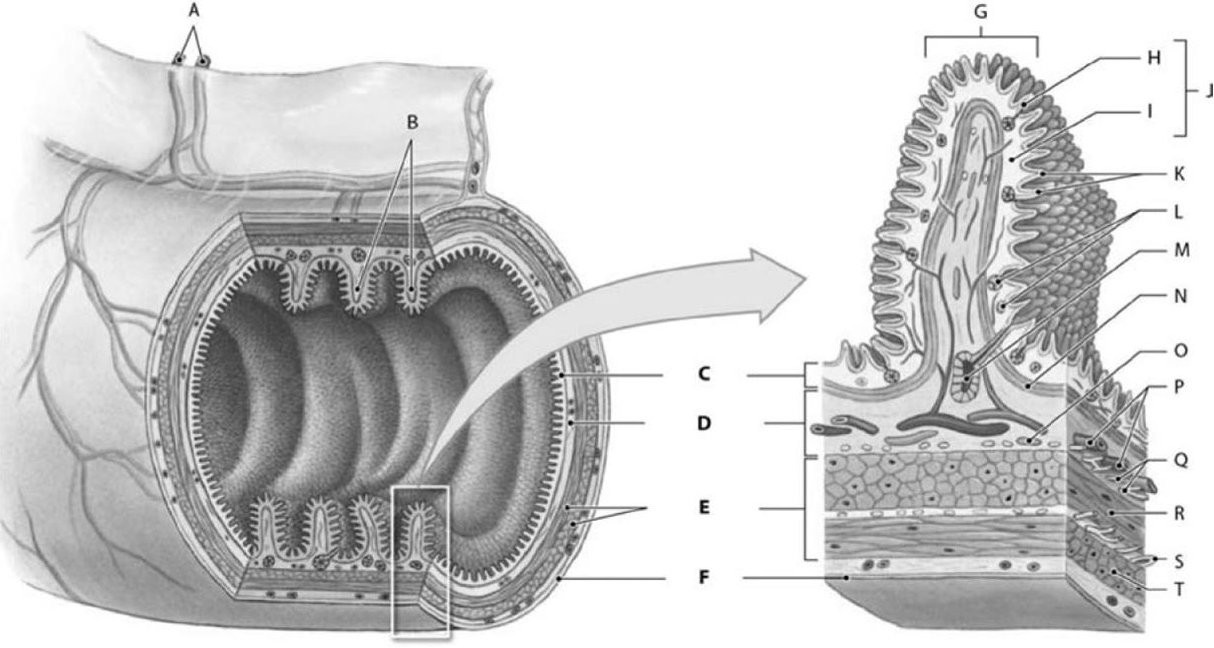A resting muscle generates most of its ATP by
A) conversion of creatine phosphate.
B) anaerobic respiration.
C) aerobic respiration.
D) glycolysis.
E) heat loss.
C) aerobic respiration.
You might also like to view...
The ion(s) or molecule(s) labeled B is (are)

A) CO2.
B) H2O.
C) O2.
D) H+.
E) 2H.
The epitope site is the certain portion of the antigen's exposed surface where __________.
a. the immune surveillance system is activated b. the foreign "body" attacks c. phagocytosis occurs d. the antibody attaches
Circulating free fatty acid levels (FFAs; primarily associated with albumin) are often elevated in the prediabetic and diabetic states. This is due to:
A. elevated hormone-sensitive lipase B. elevated lipoprotein lipase C. elevated hepatic lipase D. elevated VLDL formation E. reduced LDL receptor expression
A chemical reaction that removes electrons from an atom is called a(n) ________ reaction
A) reduction B) condensation C) hydrolysis D) oxidation E) anabolic